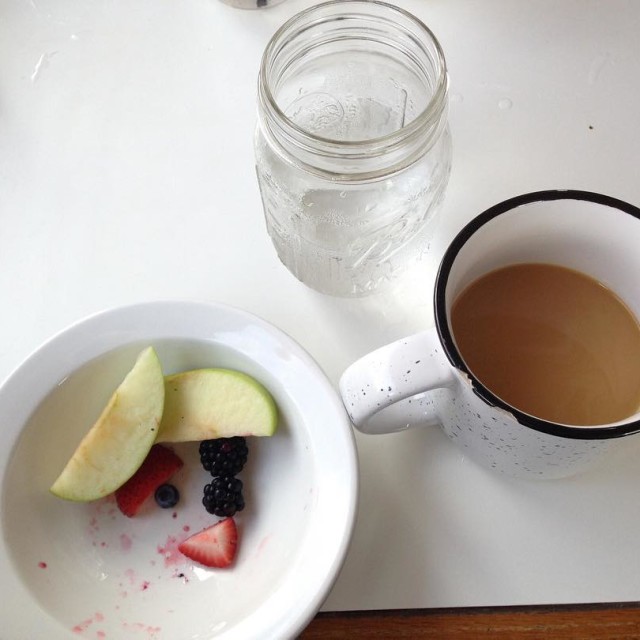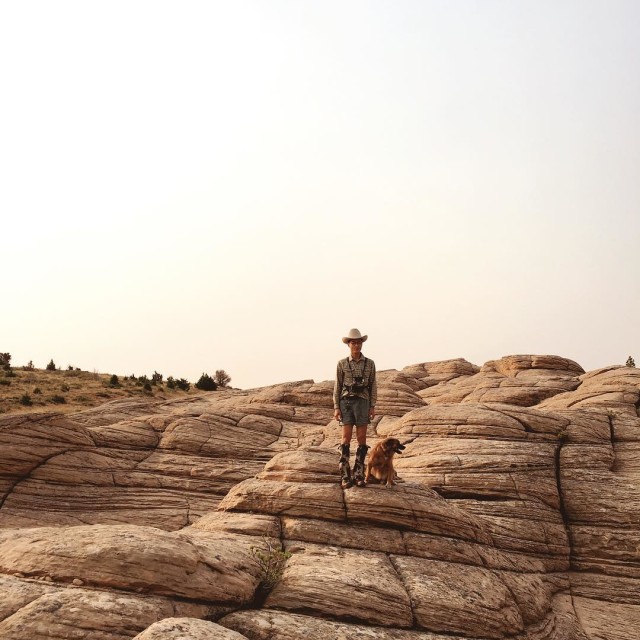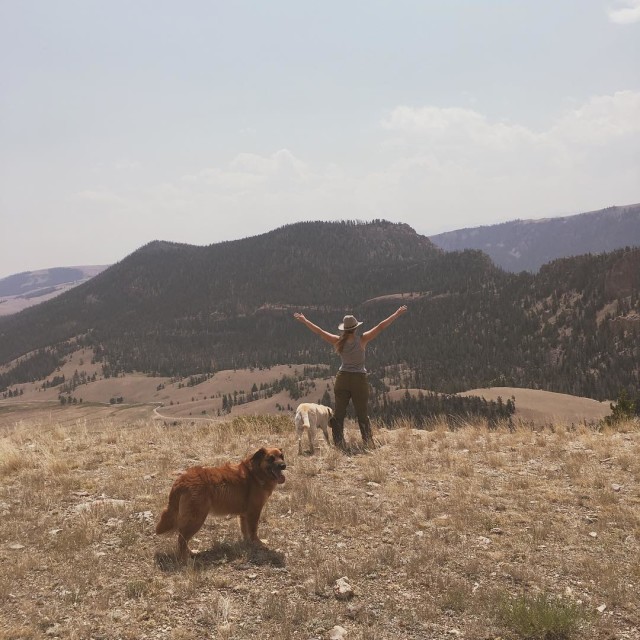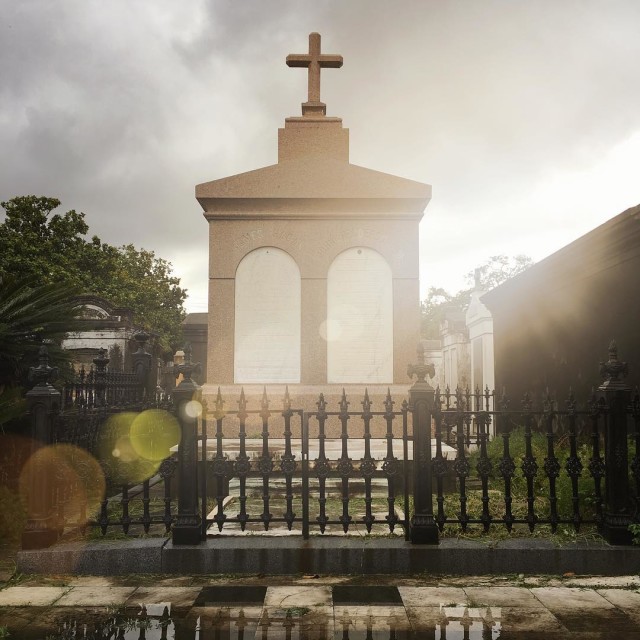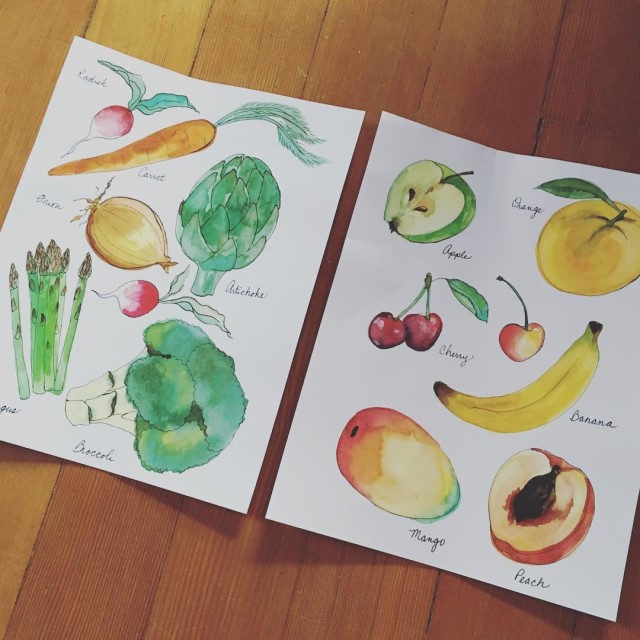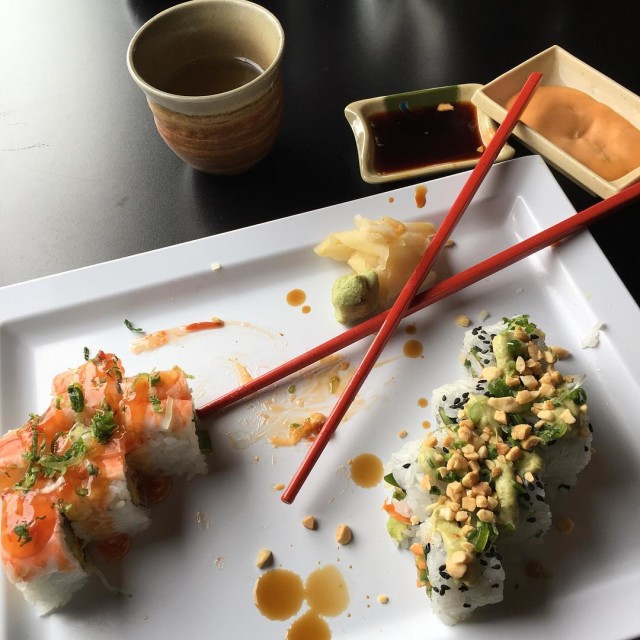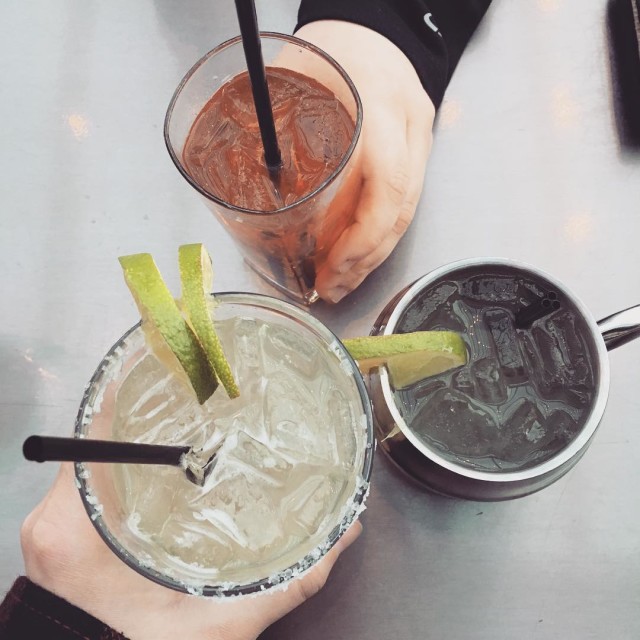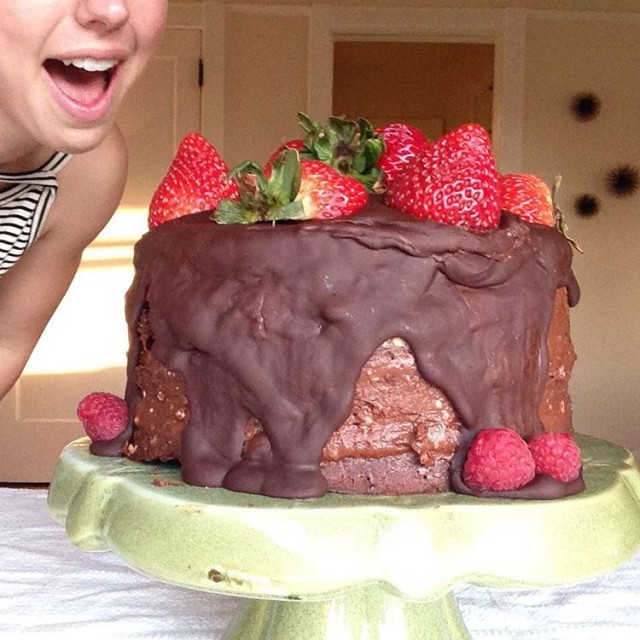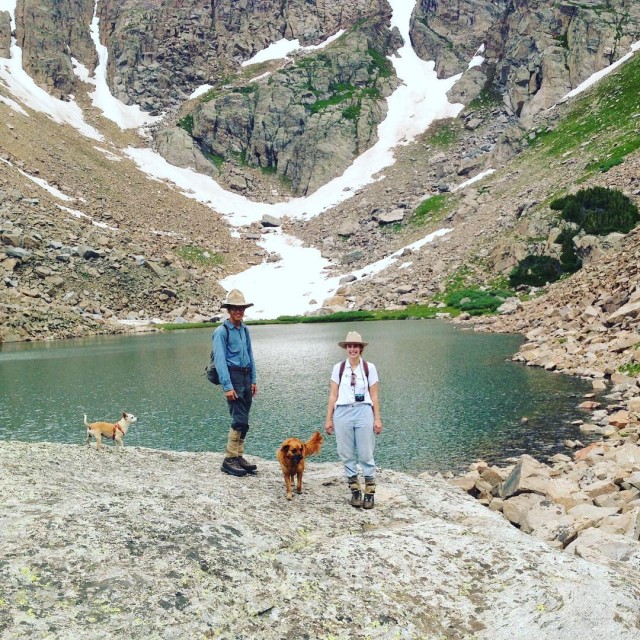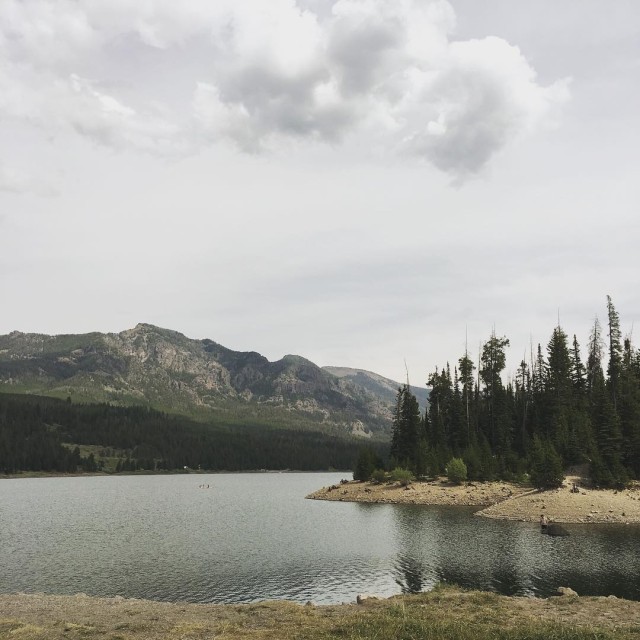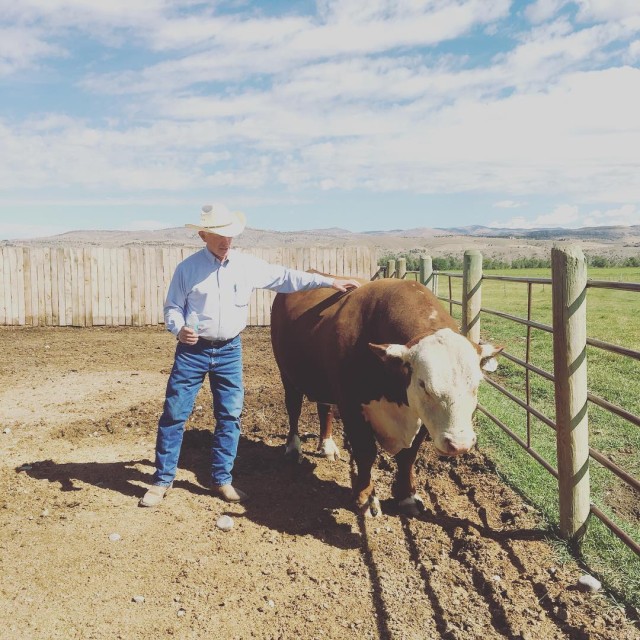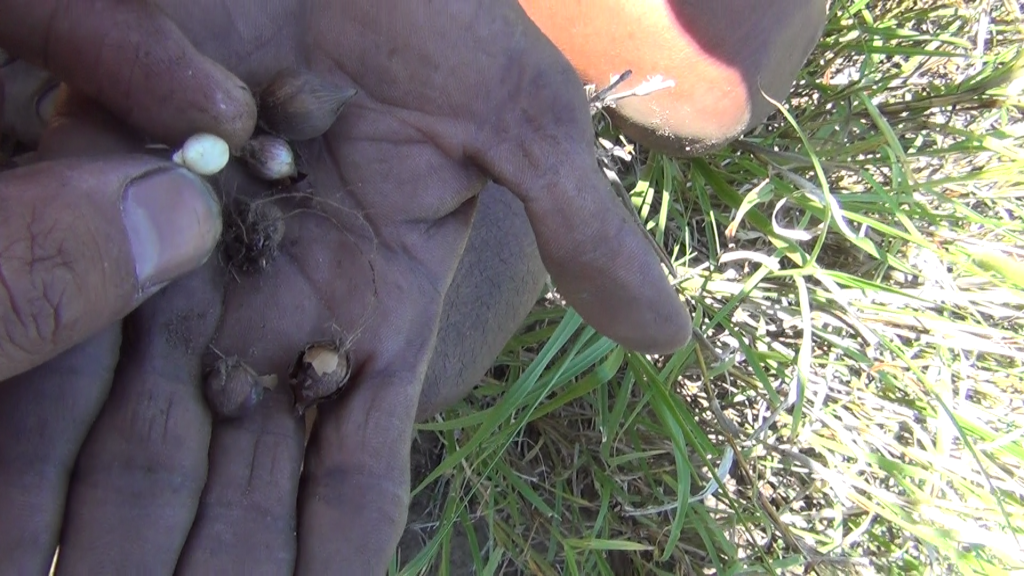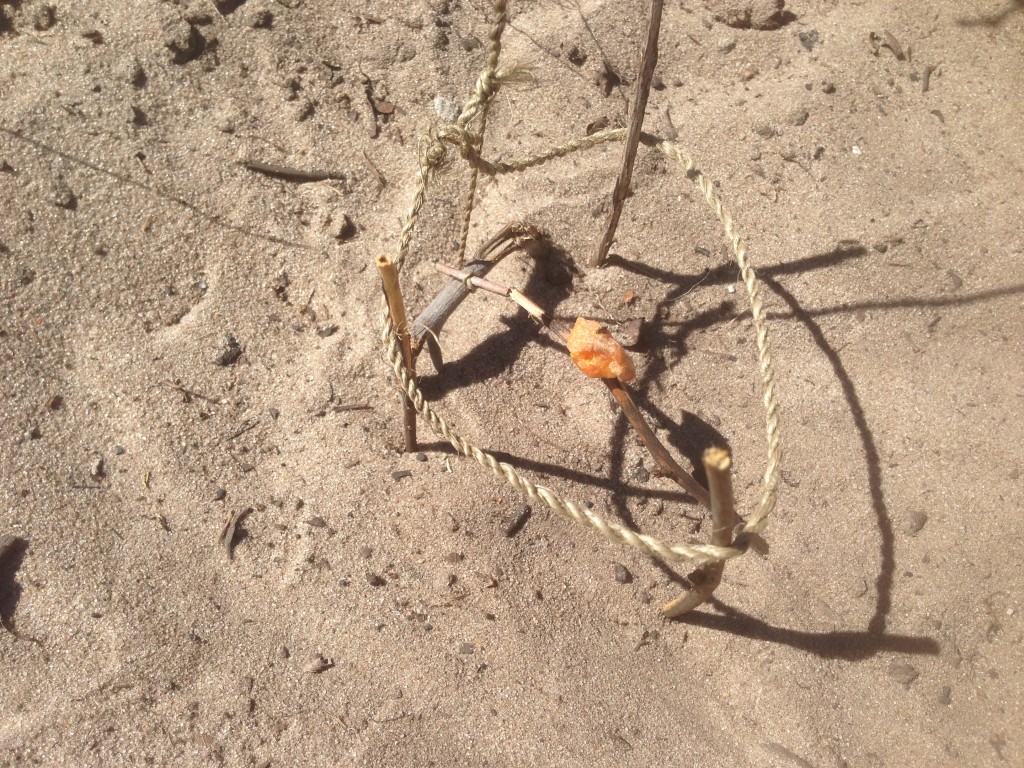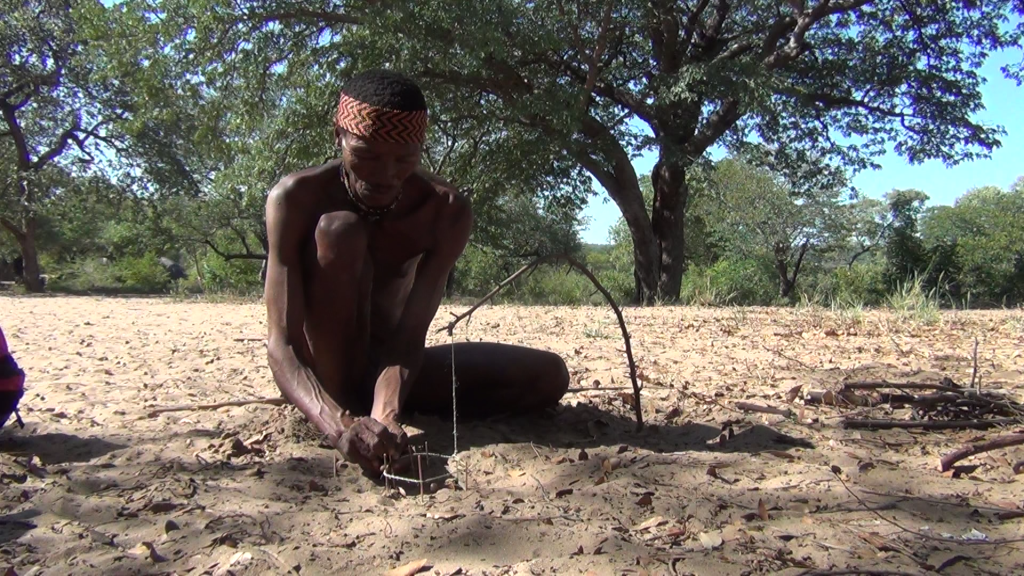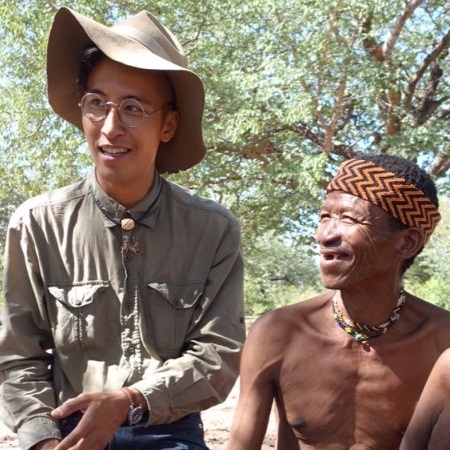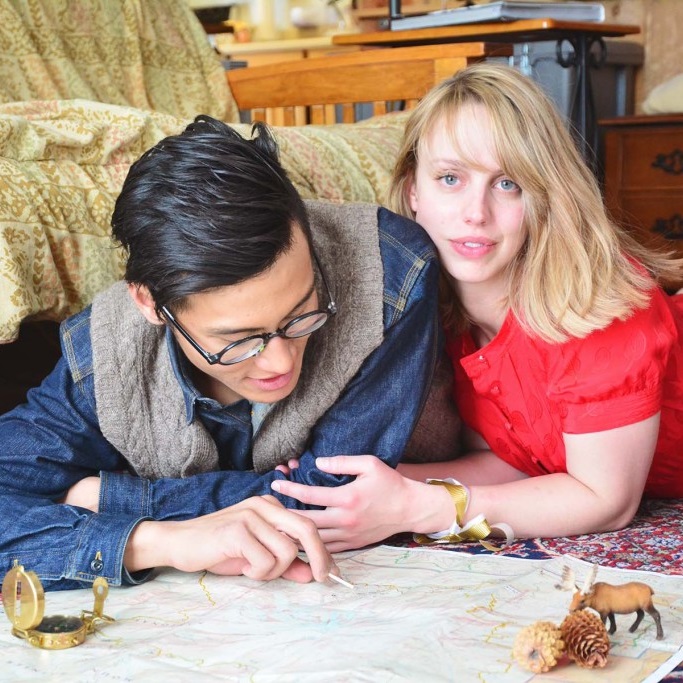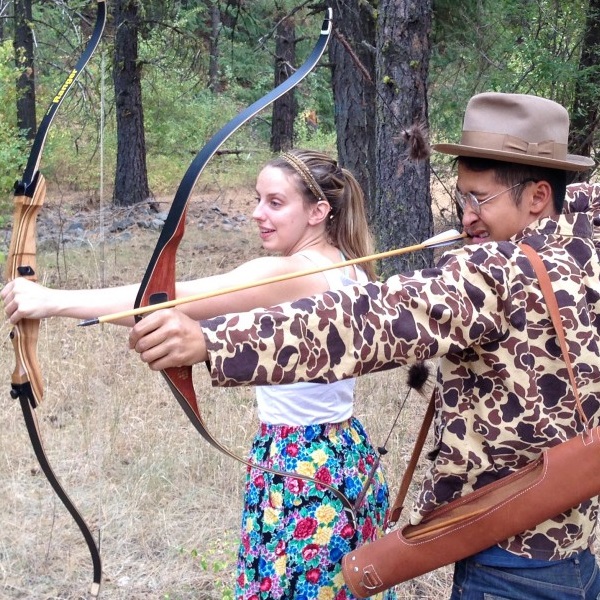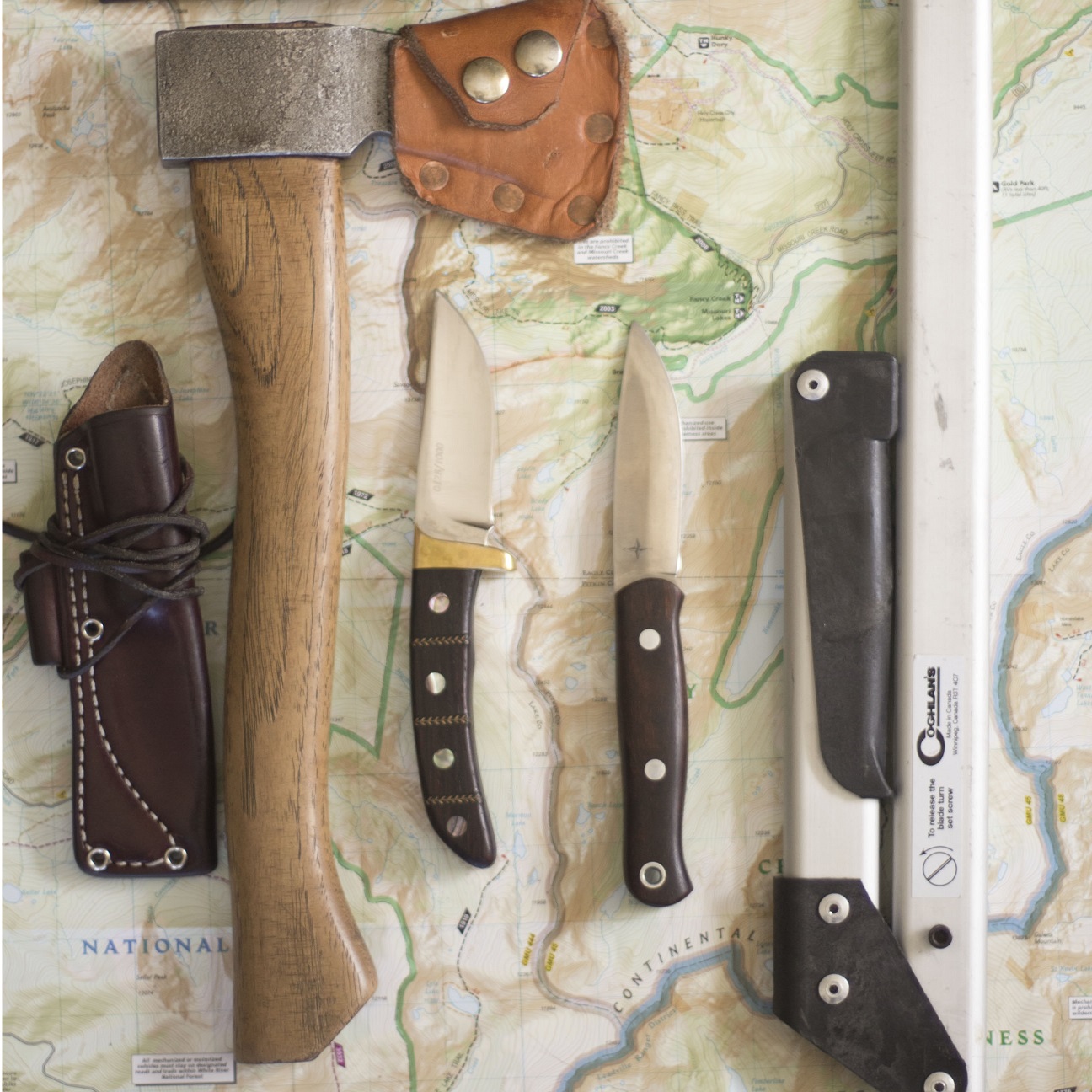The most obvious and ubiquitous of the bushmen tools in the field and around the village is the bushaxe.
I as a tool guy couldn’t help but be messmerized at the bushaxe. It harkens to the legendary tomahawk carried by Native Americans and frontiersmen of the US.
Unlike other axes and hawks, this tool does not have a conventional eye, instead it has a shank and fitted and pressed into a root burl of a hard wood. This allowed the tool to be converted in seconds and used as a axe, hoe, scraper, adze and as a small ulu type knife. There were some smaller examples in the village that primarily were used in the adze configuration. Each tool is crafted differently based on the many variations of axe heads, handle straightness or curve, and of course the whims of each craftsman.

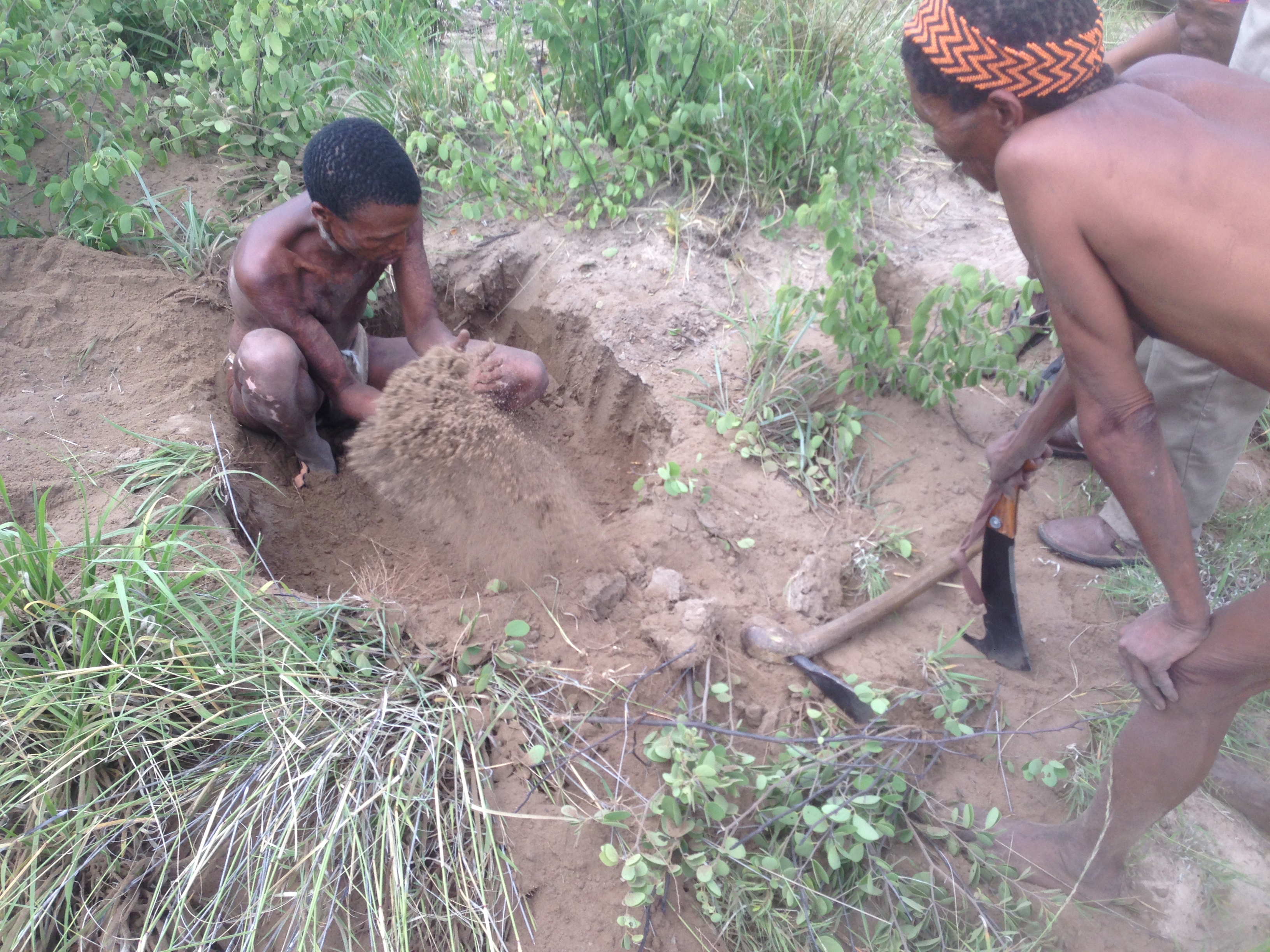
All of the axe handles at Nhoma were made from the trunk and root burl of the Terminalia sericea. It was pronounced to me by my translator, Bertus, as “Silver Terminaria” but the link describes it as terminalia. Maybe due to regional dialects.
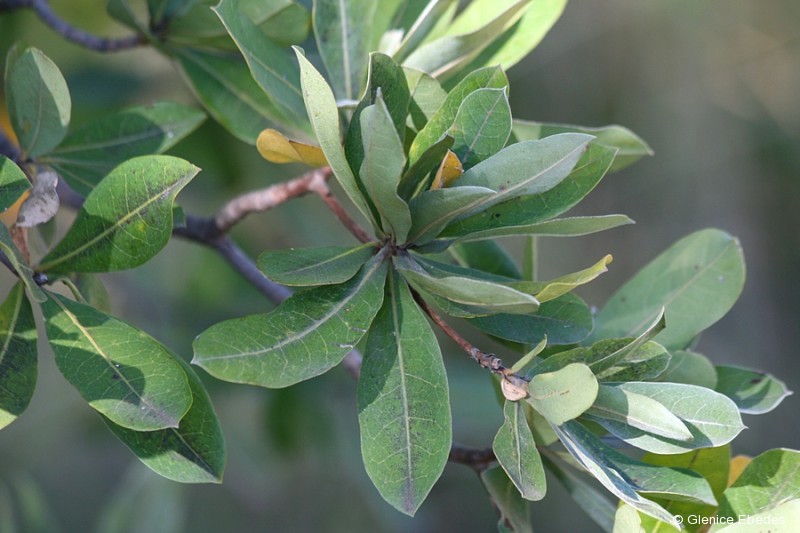
The tree has blueish green leaves with silvery hairy bottoms of the leaves. After the first unsuccessful hike to go dig out and fell a silver terminaria for my own tool, I quikly was able to identify the tree from a distance and than appraise if each individual tree was suitable for a straight handled, sturdy, bushaxe. Typical of the bushmen’s lessons to me, it was coyote style, and we failed often, likely on purpose to teach me a lesson more than could be learned if we went out and they pointed out a great tree for me the first attempt.
The forging of the blade of the axe is a bit of a mystery to me. I was told the village blacksmith had passed, and he knew best to answer my questions. I do summise that each axe blade has been heat treated as the bushmen were careful to tell me not to overheat the axe head too much when fitting it to the completed handle.



Thanks for following along on the journey! More to come as fast as I can get it done.


